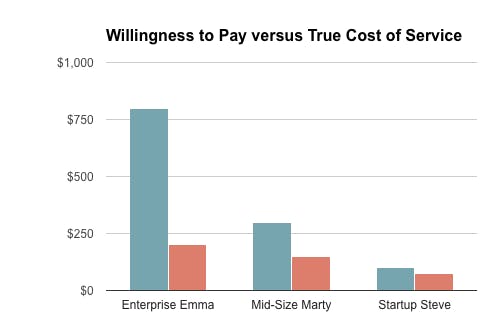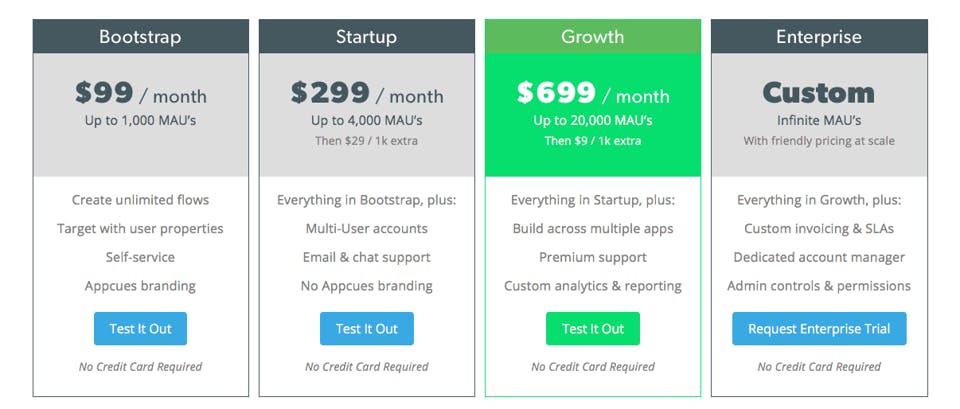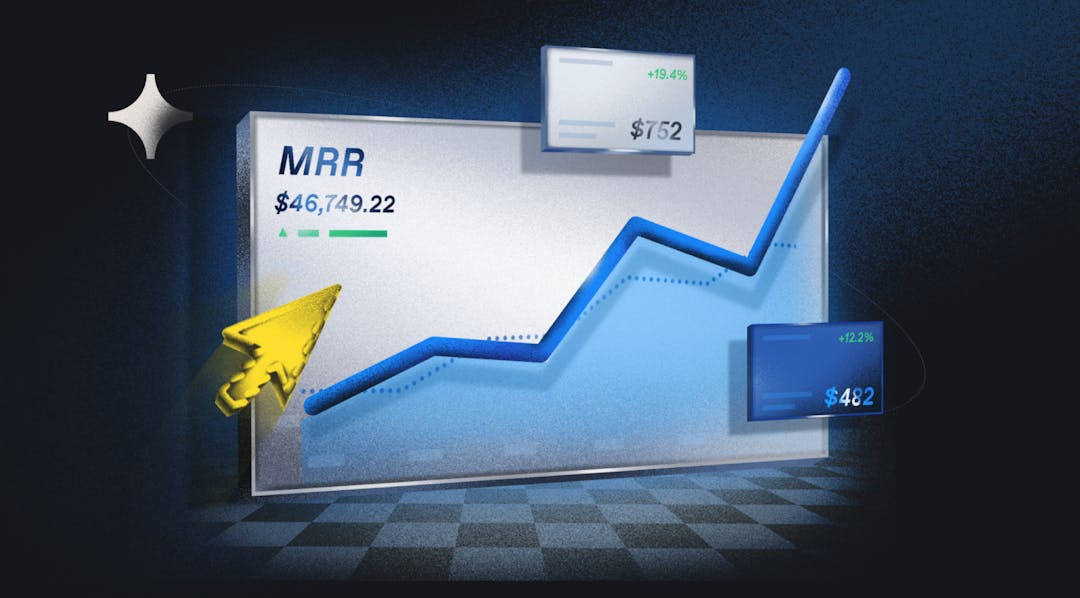Who are your ideal customers and how do you identify them? Explore below.
What are buyer personas?
Buyer personas (also called marketing personas) are research-based representations of your ideal customers. They are fictional and generalized to describe the “types” of customers that find value in your product, but they are based on market research on your current customers.
Qualitative buyer personas are rough sketches of your customers that include information like job title and interest in the product. They are a good start but they don't go far enough to be useful as you develop your product and business.
Quantified buyer personas are rich with data to help you make important pricing and marketing strategy decisions. They include quantitative information about each type of customer such as price sensitivity, willingness to pay, preferred marketing channel, customer acquisition cost, and lifetime value. They are supported by data and a much better lever for growth. Quantified buyers are meant to resemble target customers from target audiences or demographics.
Why are buyer personas important?
The point of categorizing your customers into buyer personas is to determine what constitutes successful customers. Understanding successful customers helps you replicate them. Buyer personas will specifically allow you to:
Reduce your customer acquisition cost.
Calculating the CAC for each of your different buyer personas will probably reveal that some customers cost more to acquire while others cost less. Knowing your buyer personas allows you to focus your specific sales and marketing efforts on discrete segments of your customers, meaning your spending is more targeted and less wasteful.
Understand what to put on your pricing page.
The process of creating quantified buyer personas helps you determine what your customers value most and least in your product and what they are willing to pay. Use your customers' perceived value of your product to create a value metric-based pricing system. This aligns prices with what customers want from your product.
Leave no money on the table.
Willingness to pay is an essential component of buyer personas. Your research could reveal huge gaps between your cost to provide the service and the customer's willingness to pay. This translates to a revenue opportunity if you adjust your prices according to different buyer personas' willingness to pay.

How do you determine buyer personas?
Your buyer personas start as general ideas of who is in your market and who is interested in your product. They're fleshed out with market research, customer feedback, and data collection.
Conceptualize five to ten buyer personas.
This initial brainstorming paints your customers in broad strokes and gives you an idea of how you'll segment your data later.
Determine what data you need to collect.
This is all about determining how customers perceive value in your product. You'll probably want to collect demographic information, feature and value preferences, and data on willingness to pay as a baseline.
Collect the data methodically.
Use a uniform system to survey customers to receive answers with the least bias and variability.
Segment and analyze the data.
Segment the data by the sketches of the buyer personas that you identified in step 1, and look for patterns.
How do you do buyer persona research?
The data you need to collect will vary by company and product, but we recommend collecting demographic information, feature value and value proposition preferences, and data on willingness to pay.
Collect demographic information
You don't necessarily need to ask about your customer's age and gender. You need to know qualitative information that is relevant to your company, like job title, team size, and interest in your product. You can collect this data by asking your customer directly, or by using a data enrichment tool like Clearbit to plug in the missing pieces based on data you already have.
Explore feature value and value proposition preferences
Create surveys for your customers that ask them to choose their most and least favorite feature and/or value proposition. This will allow you to see what each buyer persona cares about the most and the least when you aggregate the data.

Collect data on willingness to pay
Use Van Westendorp's price sensitivity meter to determine the price sensitivities of different types of customers across different buyer personas. This involves asking them the highest and lowest prices they'd be willing to pay, which will give you a range of prices where you'll get the best market capture.
Read more about collecting and segmenting your buyer persona research here.
What are some buyer persona examples?
The classic examples of buyer personas involve cute names for buyers that typically represent companies of various sizes, like Startup Sandy, Mid-Size Marty, and Enterprise Emma.
That's all fine and good—but the bottom line is that no matter what cute names you have, you need to have the research and data to quantify your buyer personas and make them as useful as possible.
Example: Appcues
Appcues does an excellent job of quantifying their buyer personas and then putting them to work. They delineate their buyer personas right on their pricing page.

These buyer personas are useful to both the customer and the company. A customer can easily determine which buyer persona they fall into within this scheme by determining their usage needs, their feature needs, and their price point. The descriptive names (Bootstrap, Startup, Growth, and Enterprise) serve as helpful guidelines for where potential customers might start.
For example, a customer in the Bootstrap buyer persona might be a small startup. They have a small team and they're trying to get their app up and running. The user onboarding services that Appcues provides is important in these early stages, but the app doesn't have many users yet so they don't need to pay for a lot of MAUs. A low price point is attractive to this small company that doesn't have much capital.
Meanwhile, Appcues can capture their entire market across this spectrum of buyer personas. They'll sell to customers at the price their customers are willing to pay, which means high-LTV customers and lower churn. They're not leaving any money on the table because they're charging customers with different needs at different prices.
Read more about examples of quantified buyer personas here.




